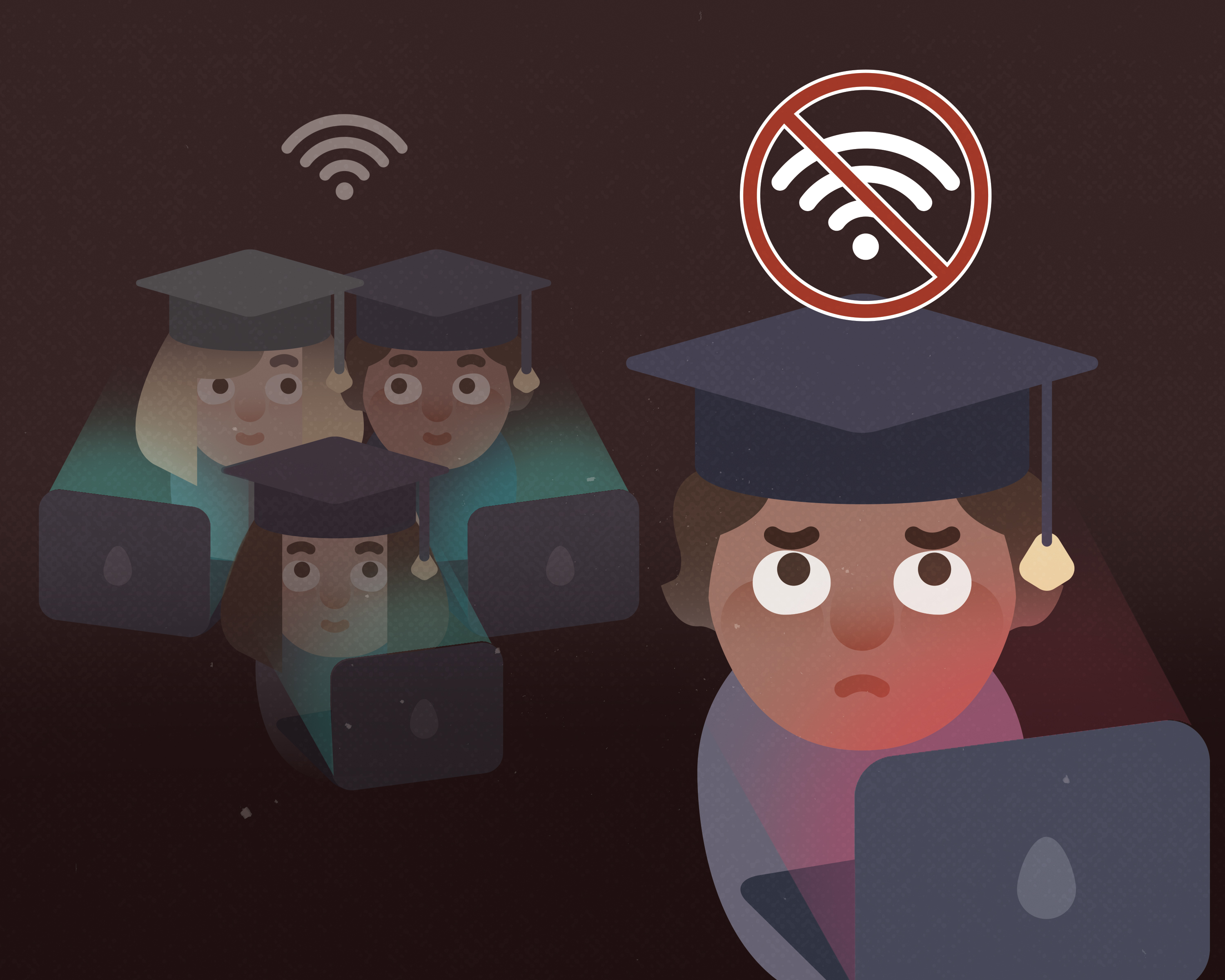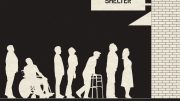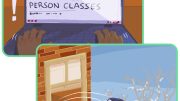Ever since COVID-19 reached Manitoba this past March, students of all ages have had to adjust to online learning. With the school closures forbidding in-person instruction through June, teachers and learners alike have had to make a quick transition with a steep learning curve.
Educators in primary, secondary and post-secondary schools did not have adequate time to plan for the switch from in-person to online classes and much of the necessary training has been self-directed and impromptu.
Considering the circumstances, distance learning is the most effective way to maximize public health and safety by minimizing physical contact.
It also saves time and money not having to commute from school to home, thereby reducing carbon emissions, and provides flexible learning opportunities for people with full-time jobs, children or other commitments.
Remote learning also has the potential to be cheaper for families than in-person classes because students are spending less money on textbooks and are not utilizing on-campus amenities such as computer labs, student lounges or food services.
Yet, the University of Manitoba is raising tuition costs almost four per cent for the fall 2020 term, even though nearly all classes will be taught remotely.
There are some central issues with the distance learning model, however.
One of the most prominent issues is the assumption remote learning makes about the socioeconomic status and agency of students.
Many students in the Canadian school system who live in rural areas lack devices and internet access at home. Many of these students previously relied on the technology provided by their school to access and complete their assignments — an option that has since been stripped from them.
In the case of K-12 schooling, at least one school division in Manitoba has provided laptops to families in need, but this is merely a Band-Aid solution to the larger problem of the widened economic disparity this new learning model highlights. Unfortunately, solutions to this problem are not being implemented evenly across the educational sphere.
With this new remote learning model, the onus is placed on the students to be responsible for their own learning.
However, the loss of routine, the lack of constant support from peers and teachers and the anxiety caused by the developing pandemic are detrimental to the students’ still-developing cognitive capacities.
It has also caused anxiety for parents, who may not be able to offer their children the support they need for a variety of reasons, such as work or inexperience with course material and technology.
This is especially detrimental to newcomer students and students who speak an alternative language at home.
Their language development will likely become stunted due to a lack of exposure to English or French, which will make their acclimatization to the new language that much more difficult to cope with.
Though students are required to engage with their online learning, these factors — paired with heavy workloads and potentially unreliable technology — may prevent them from doing so in a meaningful way.
Thus, the dreaded “summer learning loss” will be exacerbated by a “quarantine learning loss.”
A recent joint paper put out by researchers from the Northwest Evaluation Association, the University of Virginia and Brown University suggests that up to 33 per cent of reading progress will be lost and up to a 50 per cent loss in math progress will result.
In some cases, this is the equivalent of missing a full school year.
This leaves students severely underprepared for the fall, especially for those students heading into a graduated level of schooling such as middle school, high school or post-secondary.
There is potential for this learning loss to persist with the hybrid model proposed for grades 9 to 12 by Manitoba’s Minister of Education, Kelvin Goertzen.
At this time, the model does not have a set form and will most likely differ depending on the school division.
But, one thing is certain: all students will have to learn to juggle more than one type of learning.
This means disrupted routines, inconsistent support and anxiety surrounding physical and mental health will also persist.
It seems as though education has found itself in a situation where there is no winning: the school board should not risk going back to normal when that normal jeopardizes the health and safety of students.
At this time, keeping students at home and having them miss out on learning the soft skills necessary for life outside of the classroom is worth the loss.
Manitobans and Canadians must make exceptional sacrifices to their habitual lifestyles in order to maintain our collective health and keep the pandemic’s case curve flat.
There is already speculation that some parents will refuse to send their children back to school to maintain their safety — an understandable decision considering the risks a packed classroom full of kids that forget to wash their hands every second trip to the bathroom poses.
Post-secondary students are not exempt from the downsides of digital learning.
Many professional programs around the world are becoming forced to find ways to continue with practicum and clinical experiences necessary for graduation.
COVID-19 has placed professional programs in a precarious situation. Practicums in the faculty of education at the University of Manitoba are scheduled to resume in November — but the faculty has made it clear the dates for resuming in-person practicums are floating, awaiting approval from the province. No strict plans have been published to date.
Online learning is not a viable substitute for these hands-on learning experiences, leaving some graduates ill-prepared for real field work.
Education leads to more employment opportunities, improved health and a higher quality of life. When society’s most vulnerable directly struggle to attain even basic education, they often access social assistance programs — programs that are funded through taxpayer dollars.
All taxpayers, whether participating in remote learning or not, are affected by its societal consequences.
Taxes may be increased, which could be debilitating considering Canada’s current economic recession, or government spending may be redirected to fund social assistance programs. As a result, the adverse outcomes of emergency remote learning for kindergarten through post-secondary school students has far-reaching ramifications in society that will reverberate for many years to come.
So, who does remote learning leave behind?
All of us.





